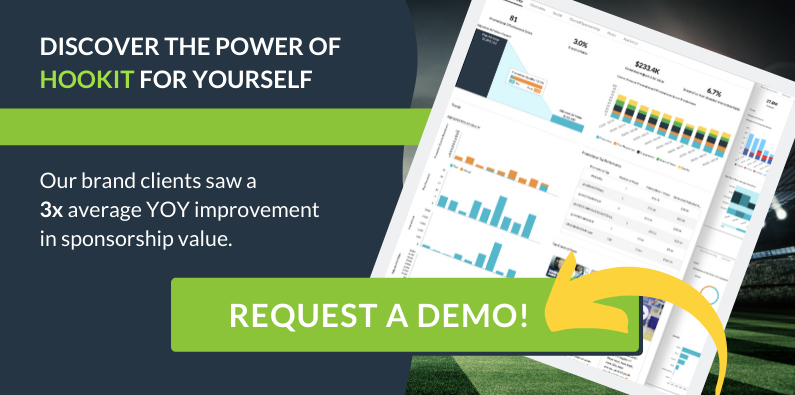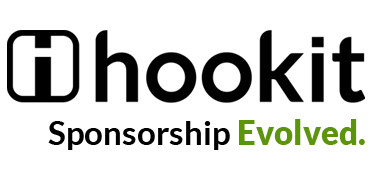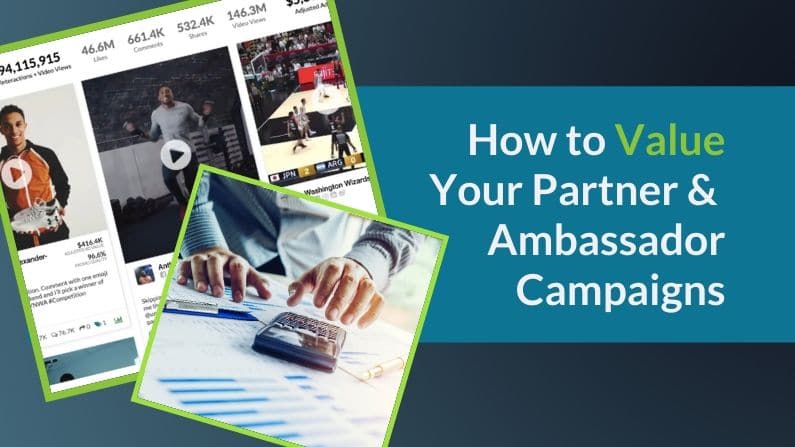Tracking your 2020 marketing campaigns across your own and partner channels
2020 marks the start of a new year and a new decade. Along with it, many brands are rolling out fresh new brand campaigns. With the ability to reach and engage target consumers on a mass scale, social media has become the major platform for brands to push branded content through sponsored partners. And, as with every brand promotion, it is important to monitor as well as measure the success (or failure) of these campaigns. Hookit’s real time campaign tracking tools enable brands to understand what does and does not work in a campaign, how well the campaign reached the set goal(s), and how to tweak the next campaign to get even better results. Here’s a look at those tools in action.
Campaigns – Overview
A larger brand runs multiple campaigns promoting its numerous products with various ambassadors relevant to each product. Keeping track of and measuring the performance of these multiple entities and campaigns is a formidable task for any brand. However, by using Hookit’s platform, the brand can at a glance see all social media posts of the brand’s ambassadors across all campaigns as shown below.

This above view provides a rolling list of all posts by all the brand’s ambassadors irrespective of campaign. It also provides the total number of branded posts made by the brand’s ambassadors within a specified time period, the total number of social engagements (likes, comments, shares, and video views) on those posts, as well the total value (Adjusted Ad Value/AAV – Get the full details of the Hookit Valuation Model and promotion quality here) earned by the brand within that time period.
Campaigns – Filters
However, if the brand wants to learn more about a specific campaign, it can do so by using the various filters available. Campaigns can be further sliced and diced into smaller pockets with filters. A brand can filter based on brand ambassadors, the type of sports entity (athlete, team, league and more), sport, country, hashtags, mentions, as well as by specific social media platforms.
- Filter by campaign hashtag – The snapshot below shows all social posts that feature the hashtag campaign #IWILL.

It can be seen that this hashtag was featured in 18 posts by its brand ambassadors and earned an AAV of $13k over the chosen time period. The filter by campaign hashtag is particularly useful, if a brand wants to learn more about each individual hashtag campaign it runs, and how much value and engagement that campaign drove for the brand.
2. Entity filters – Filtering by individual person, team, sport, or other group gives brand marketers a powerful comparison tool to identify which partner is generating the most value for the brand. For example, if the brand compares its sponsored athletes and teams in basketball to its athletes and teams in baseball, it can be seen that the brand’s ambassadors in basketball promote the brand much more, and have a far higher level of social media interactions and AAV generated than brand ambassadors from baseball during the same time period.

Through this filter, a marketer can:
- Learn more about the interactions/habits of an audience of a particular sport or fans of a particular ambassador
- Identify best practices from well performing ambassadors to improve the performance of under performers
- And measure how effective the brand’s entities are at promoting the brand (higher promo quality equals better promotion that leads to higher AAV, while lower promo quality leads to lower AAV).
3. Filter by social platform – Using this filter helps the brand understand which social platform is effective as well as lucrative for the brand to run its campaigns.

From the above social platform comparison, it can be seen that Instagram beats Twitter by a large margin in social interactions as well as in Adjusted Ad Value for the given timeframe. Therefore, to get high value results, the brand should focus on running more campaigns on Instagram than on Twitter, as the brand’s audience is far more engaged with the brand ambassador’s posts. Brands can also apply campaign practices that work on Instagram to Twitter campaigns for more effective posts.
Campaigns – Top promotions
When running brand campaigns sometimes there will be iterations of one campaign, making it necessary for the brand to know which among them is the most effective. Brands can find the top mentioned handles and hashtags by its brand ambassadors under Top Promotions. This handy table provides a list of top brand promotions in the order of best performing to lowest performing promotions relating to the brand.

Using this table, brands can identify which campaign or brand tags are being used the most by the brand’s ambassadors and which are generating the most engagement on social media. From the above table, it can be seen that the brand’s logo is present in more branded posts by its ambassadors than any one hashtag or handle. One thing of note is that multiple iterations of brand mentions can be seen and each type of mention has engagements associated with them. This tracking can be used to at the start of a campaign to see which hashtag starts trending more than others, giving brands the ability to test and adapt.
Campaigns – Content type
Brands can learn which type of content (images, video, text, etc.) performs well in campaigns, using the tag feature. On Hookit’s platform, brands can create customized tags for each branded post to identify the type of post that is most effective. Filtering by the tag then reveals the total number of posts related to that tag, the social interactions on tagged posts and the total value earned from these posts.
Brands can tag posts with related custom tags, and, if a brand is curious to know which of its content types are performing well, then this tagging feature is a handy tool to have. Separating posts by tags helps brands take a deeper look into content types that are most successful for the brand. Some common tags brands can use include:
- Product feature
- Highlight / Action shot
- Sport
- Event
- Other
For example, the image below shows posts filtered by the customized tag “Training Content”. When filtered using the customized tag it can be seen that there are 6 social posts with this tag that earned a total AAV of $402k within the time period considered. The interesting thing to note is that, among these posts videos were the most popular and drove the most value and engagements compared to images. The brand can now use this to educate and encourage its brand ambassadors to create more video content and not just images when posting about anything training related.

Rip Curl is another great brand that features tagged posts – Read all about it here. One thing to note however, is that some types of content are more successful for a particular social platform. Instagram is more visual, YouTube is video based, and Twitter is text heavy. Combining the native content type of a platform with customized tagging can further improve the brand’s understanding of its campaigns.
Campaigns – Reporting
Once the brand is continually tracking all its campaigns, it can now create reports for these campaigns. Campaign reports can be used by brands for various purposes, including:
- As a comparison tool to monitor performance of its sponsored entities over a time period
- To send posts to ambassadors and internal colleagues to share what content knocks it out of the park and what content could be improved
- To export the data to integrate with other internal reporting systems or create your own reports and share those with colleagues.
With real time tracking by Hookit, brands can also monitor and generate reports to tweak ongoing brand campaigns to see best results within the current campaign cycle, instead of waiting for results of a finished campaign and then applying that campaign’s learnings to the next campaign.
Wrap Up
As brands move into the new year and towards launching new campaigns, AI powered campaign tracking is what will separate the top brands from the rest of the field in each industry. As brands launch their new brand campaigns, it is important for them to ensure the effectiveness of brand ambassadors in getting the word out and amplifying the brand message.



